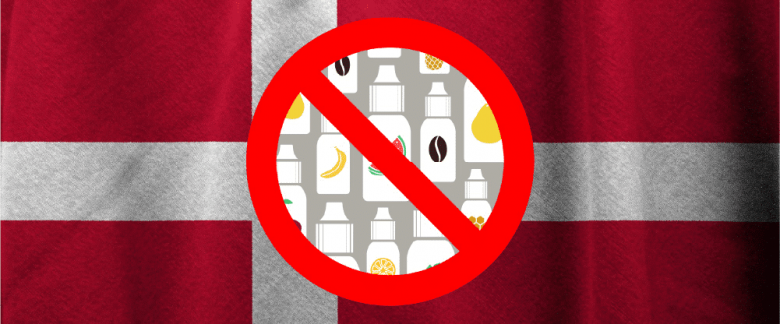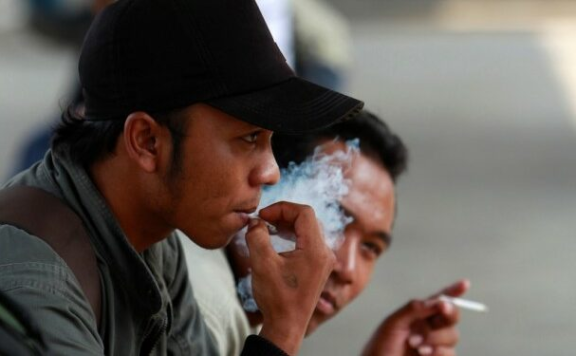“Denmark’s new “Flavour Ban” will limit vapers to only two options: Tobacco and Menthol flavors. The Danish Parliament passed the Tobacco Action Plan bill on December 15th, fulfilling their promise to ban flavored e-liquids starting April 2021, according to the Danish Health Authority.”
The new regulations are expected to be enforced on the 1st of April 2021. They are a set of restrictions and bans on the manufacturing of e-liquids in flavors other than tobacco and menthol.
However, due to already produced quantities in warehouses, the sales of flavored e-liquids are still allowed for a year (i.e., till April 2022). In time past, the Danish government tried to reduce the activities of its smoking community by introducing taxes on vaping products.
An above-average price increase is expected to reduce the amount of vaping as many people who smoke might not be able to afford it, particularly people with lower income who won’t be willing to play with the product. When it costs almost as much as cigarettes for vaping products, it removes the main advantage of vaping over cigarette smoking for consumers.
Denmark currently has an e-liquid tax of 2.00 Danish kroner (approximately $.32USD) per millilitre has already been declared and will become applicable in 2022.
The Danish vape user association, Dansk e-Damper Forening (DADAFO), claims that the tax would raise e-liquid prices from 30 kroner to 50 kroner (approximately $8.25 USD) for the average 10mL container, which is the common legal bottle size in the EU.
As in every country where there are high taxes and flavoured vapour prohibitions, vapers may opt to purchase too expensive e-liquids with tobacco and menthol as their only option or turn to black-market domestic goods, e-juice illegally smuggled, or harmful e-liquids produced by themselves.
In addition to the flavor prohibition and taxes, the current legislation is expected to make sure all e-liquids and equipment sold after the 1st of April 2022 are packaged in transparent bags. Some experts say vapor items might be hidden from stores and even kept in separate corners in retail outlets in order to discourage impulse buying.
Product vaping cannot be displayed, but instead can be sold without images or graphics with a written list of products and prices. The new law will most likely see online sellers not having provisions for consumer ratings, reviews, or suggestions as publicity and “indirect” advertisements were banned.
Noteworthy is the domino effect flavour bans across the EU. Netherlands, Germany, and Lithuania are all towing Denmarks’ flavour bans with restrictions already in place in Hungary, Finland, and Estonia.
The European Union has said it will revise the Tobacco Products Directive (TPD) next year in its assembly since bodies such as the European Respiratory Society and American anti-tobacco groups like Campaign for Tobacco-Free Kids have been campaigning for the forceful restriction on the use of tobacco by smokers and the creation of obstacles to the easy access to vaping for kids.


